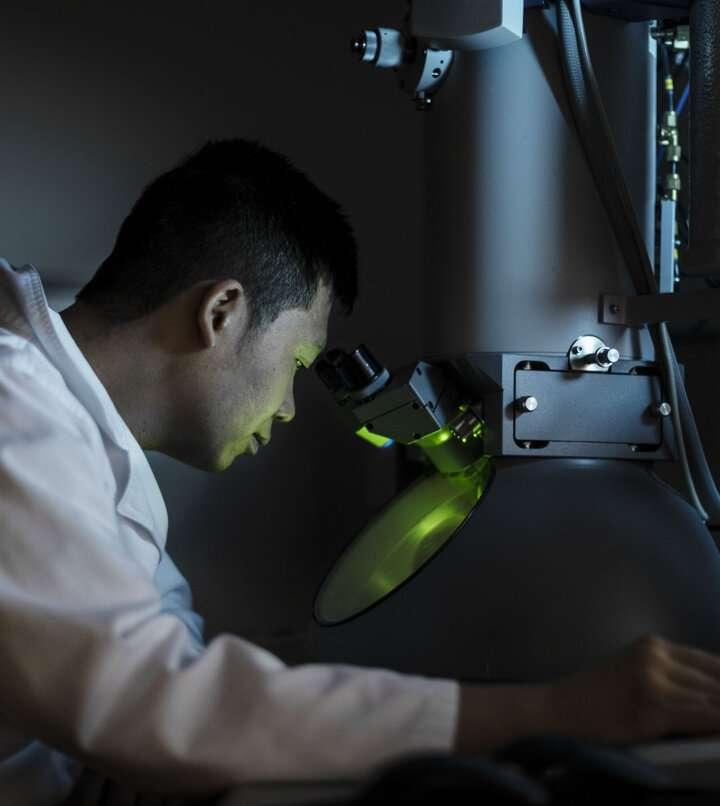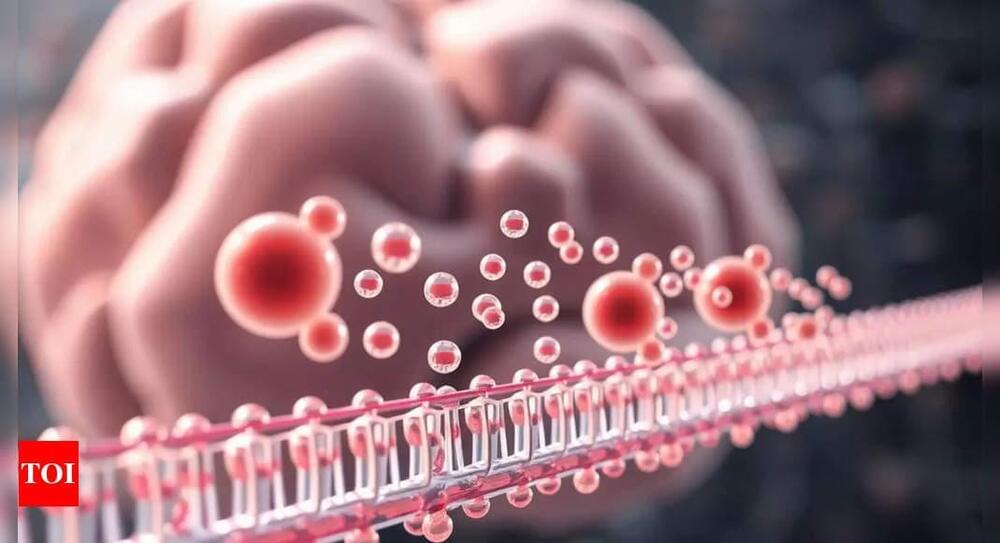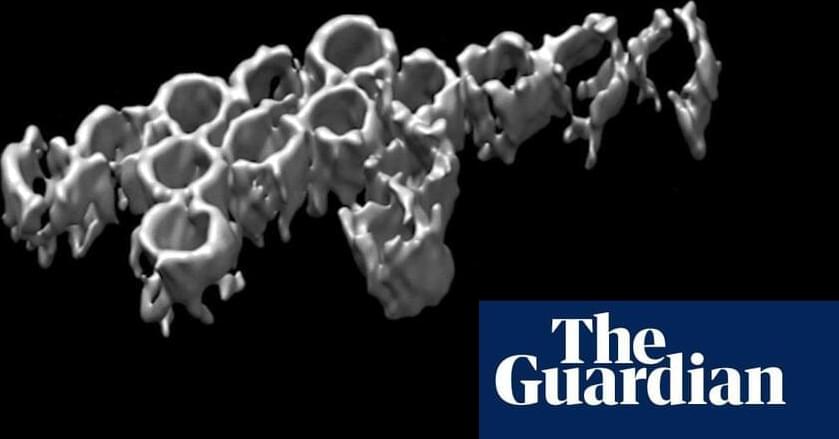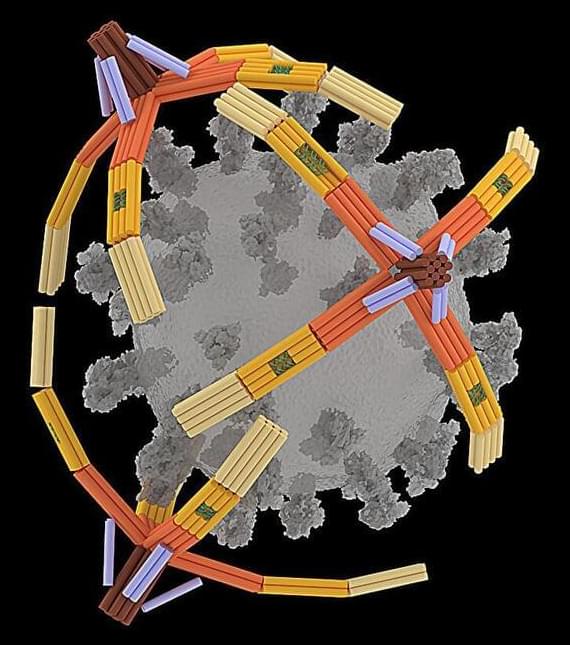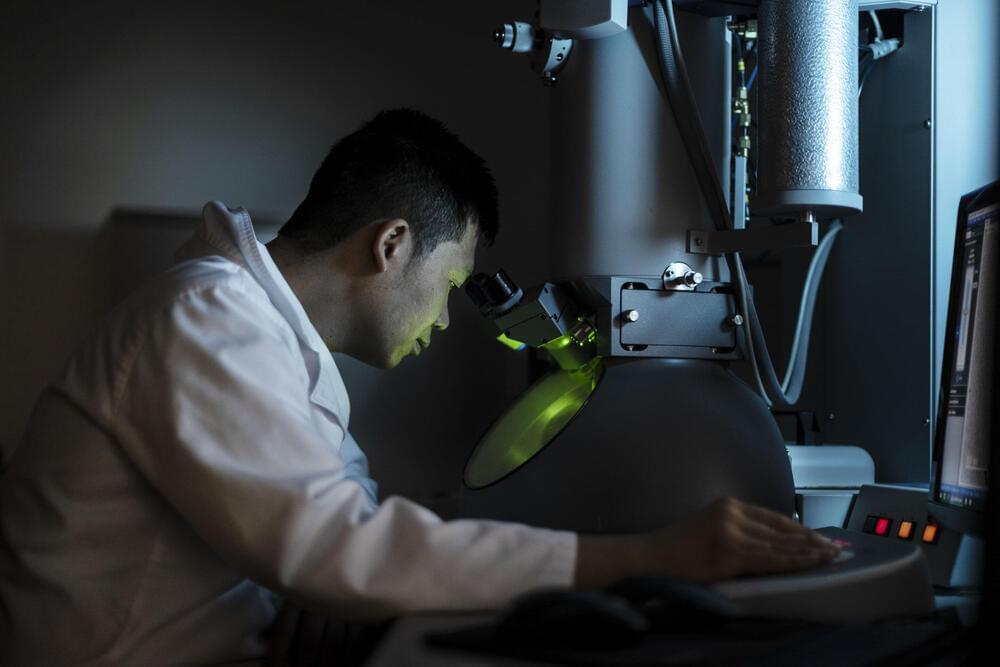Nagoya University researchers have pioneered a surfactant-based method to create amorphous nanosheets, enabling production from previously inaccessible materials like aluminum and rhodium oxides.
Researchers at Nagoya University in Japan have addressed a significant challenge in nanosheet technology. Their innovative approach employs surfactants to produce amorphous nanosheets from various materials, including difficult-to-synthesize ultra-thin amorphous metal oxides such as aluminum and rhodium. This breakthrough, published in Nature Communications, sets the stage for future advances in the application of these nanosheets such as those used within fuel cells.
The upcoming generation of nanotechnology requires components that are just a few nanometers thick (one billionth of a meter). These ultrathin layers, which are essential for improving functionality, are known as nanosheets.


